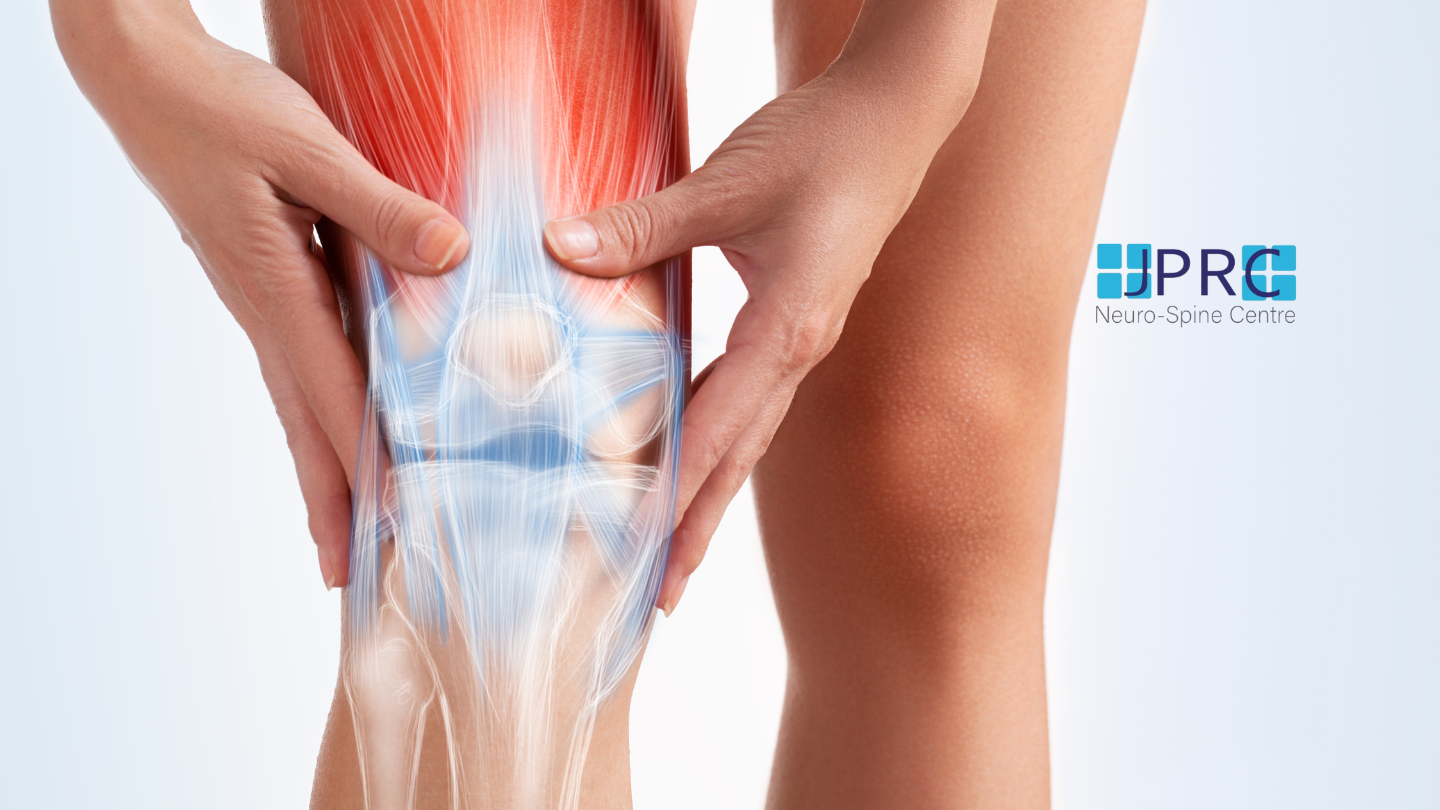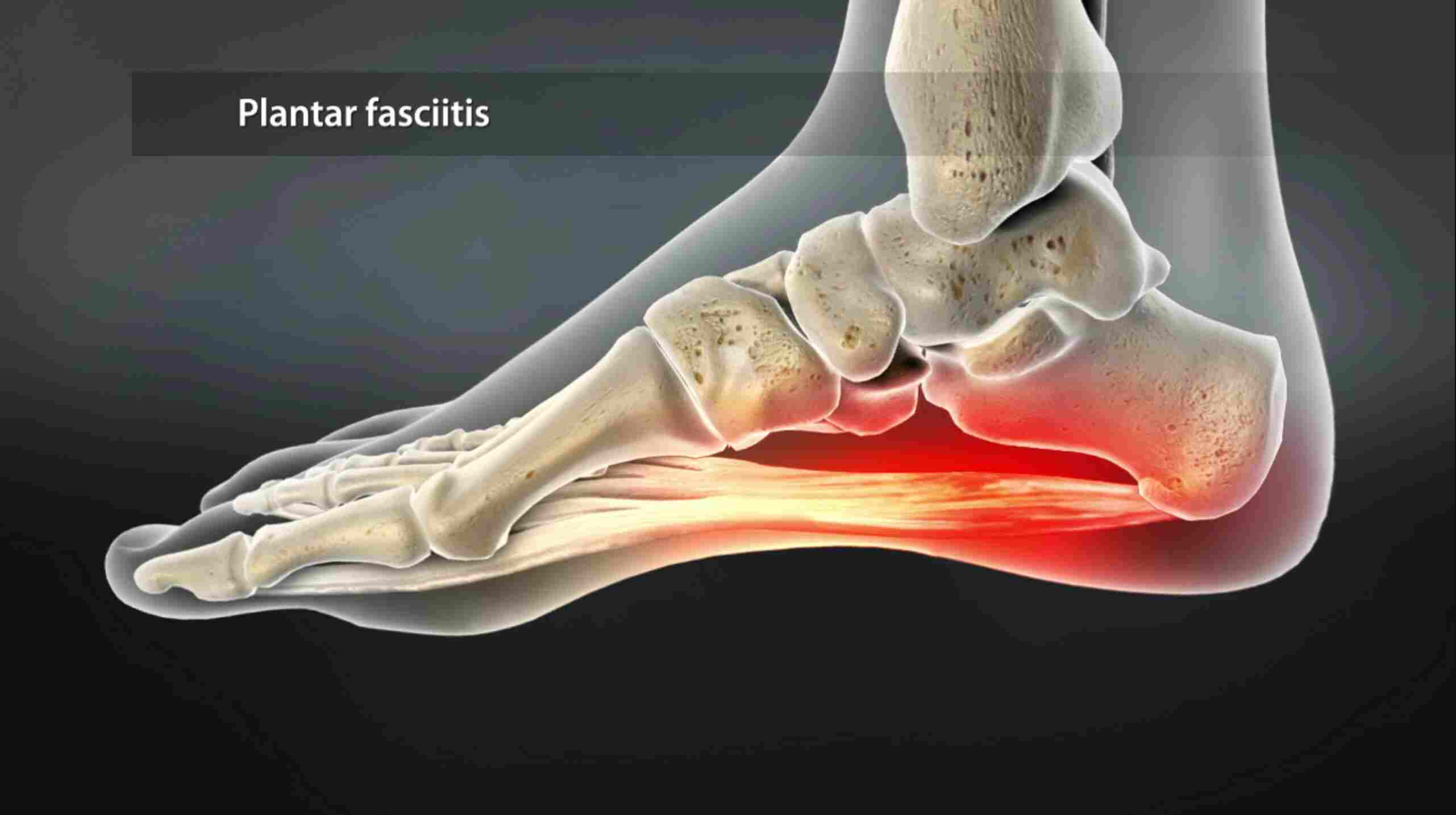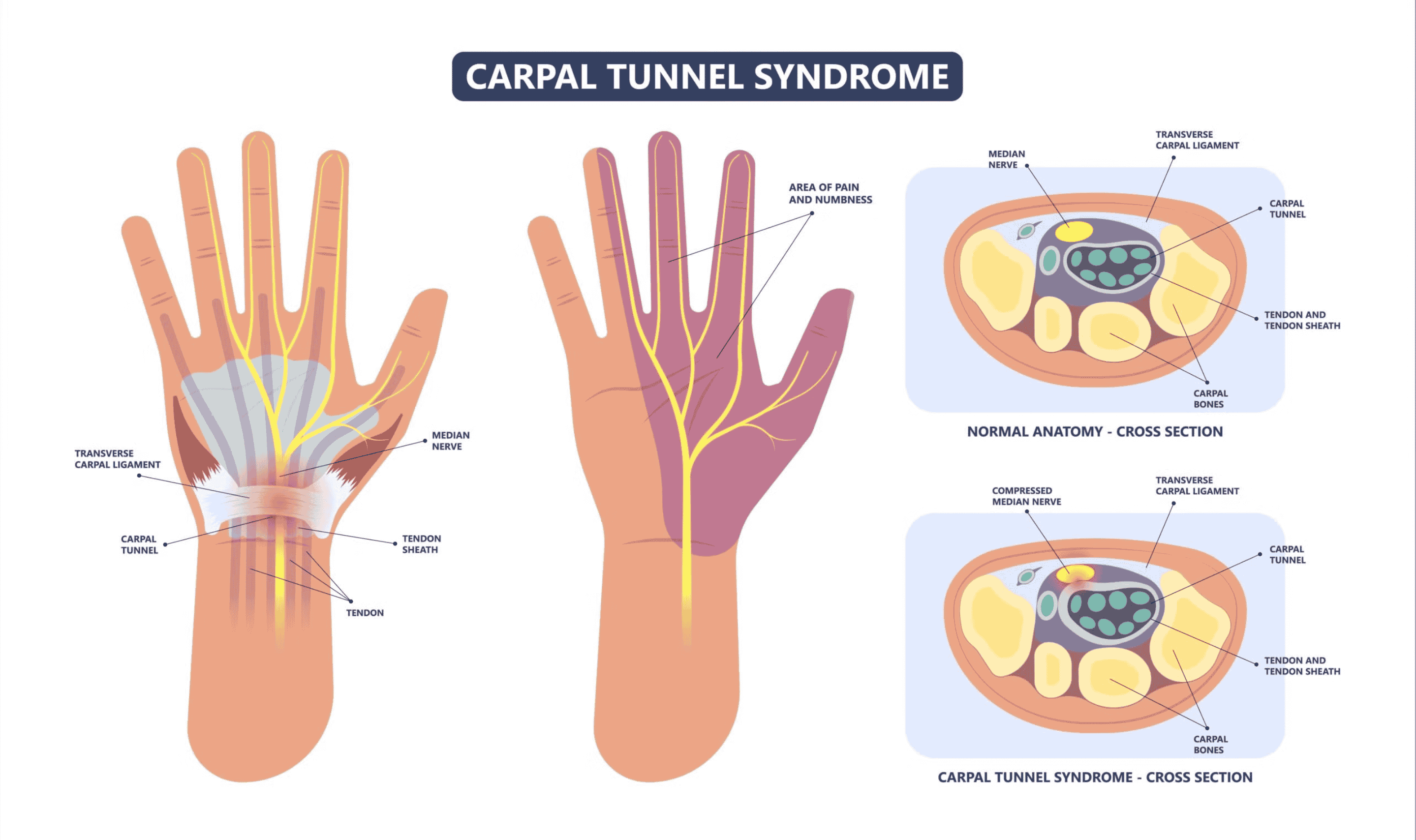Sacroiliac joint injection
What is a sacroiliac joint injection ?
Sacroiliac joints lie next to the spine and hip bone, attaching it to the sacrum on both sides. It is one of the most vital joints as it carries the whole weight of the trunk in sitting and standing position. Thus, Inflammations and strains in this area frequently lead to excruciating pain.
Now, sacroiliac joint injection or, SI joint block helps to diagnose and treat lower back pain, sciatica related issues and anything else related to sacroiliac joint dysfunction.
What are the symptoms ?
Usual symptoms associated with sacroiliac joint dysfunction are :
-
Dull, diffused Lower back pain (one/ both sided)
-
Pain spreading into hip, side of thighs, buttocks (most common), groin etc
-
Stiffness and difficulty in movement of lower back, hip, buttocks, groin. Person faces difficulty while climbing stairs or even walking.
-
Sharp sciatic pain with stabbing sensation, tingling etc
-
Pain increases when SI joint is under stress (as during weight lifting, jumping, running, climbing stairs). Pain relives when person lie down or take a break and rests
-
Instability of pelvis. Person may loose balance while standing or walking, jogging etc
If any of these symptoms sounds familiar, it may be because you're probably suffering from a SI joint dysfunction related pain. Get diagnosed today. Remember, early intervention always brings up quick healing.
Visit us today for any back pain related issues.
Why does it happen ?
Like any joint, Sacroiliac joint may also undergo wear and tear due to overwork and high pressure for a long time. And with advanced age, tendencies of devoloping joint pains increases evidently.
Also, certain specific factors greatly heighten the possibility of developing sacroiliac joint dysfunction and related pain, like :
-
Gait issues : developmental asymmetry, inequal leg lengths, scoliosis etc may lead to excessive pressure on joint, causing pain
-
Pregnancy and childbirth : weight gain, hormonal changes,pelvic changes may cause temporary pain that usually dissolves after childbirth. But if any damage occurs, then pain may persist.
-
Prior lower back surgeries : iliac bone grafts, multilevel fusion spine surgery, joint replacement etc may trigger joint pain in later life.
-
Habitual risks : Labourous works that strains the SI joint, like weight lifting, contact sports (rugby, football, boxing, karate etc), prolonged standing jobs etc.
These are the main risk factors. One should avoid these as much as possible in order to avoid SI joint dysfunction and pain issues.
So, now the procedure :
First you have to lie, face down on a X Ray table.
The skin over lower back/buttocks will be cleansed and then a local anaesthetic will be injected there.
Then with the help of X Ray monitoring, the physician will insert a fine Needle through this area straight into your sacroiliac joint. Contrast dye may be used to confirm the position. Then a certain dose of numbing medicine and antiinflammatory cortisone will be pushed slowly, which completes the procedure.
Usually, the procedure will be over in 30-45 minutes. After another 30 minutes, you'll try to move your back and feel pain sensation, if any. Take complete rest afterwards. Don't forget to ask your doctor about exercises and medications to follow up.
Normal life can be gradually resumed from the next day. You'll feel the improvements within 2-5 days but if pain persists even after 10 days, you should visit your doctor.
We, at JPRC medical centres are always ready to serve you for a pain free tomorrow. Our team of expert doctors will surely lead you to healing. Visit us today for more.










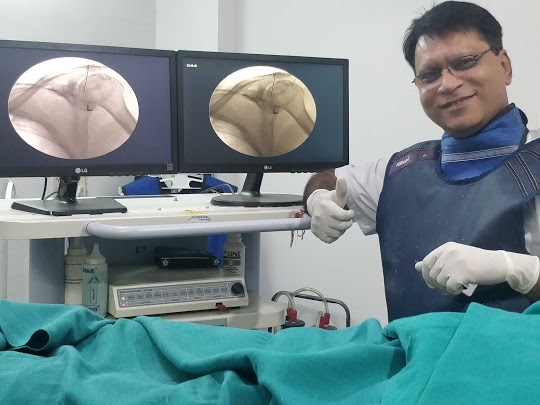



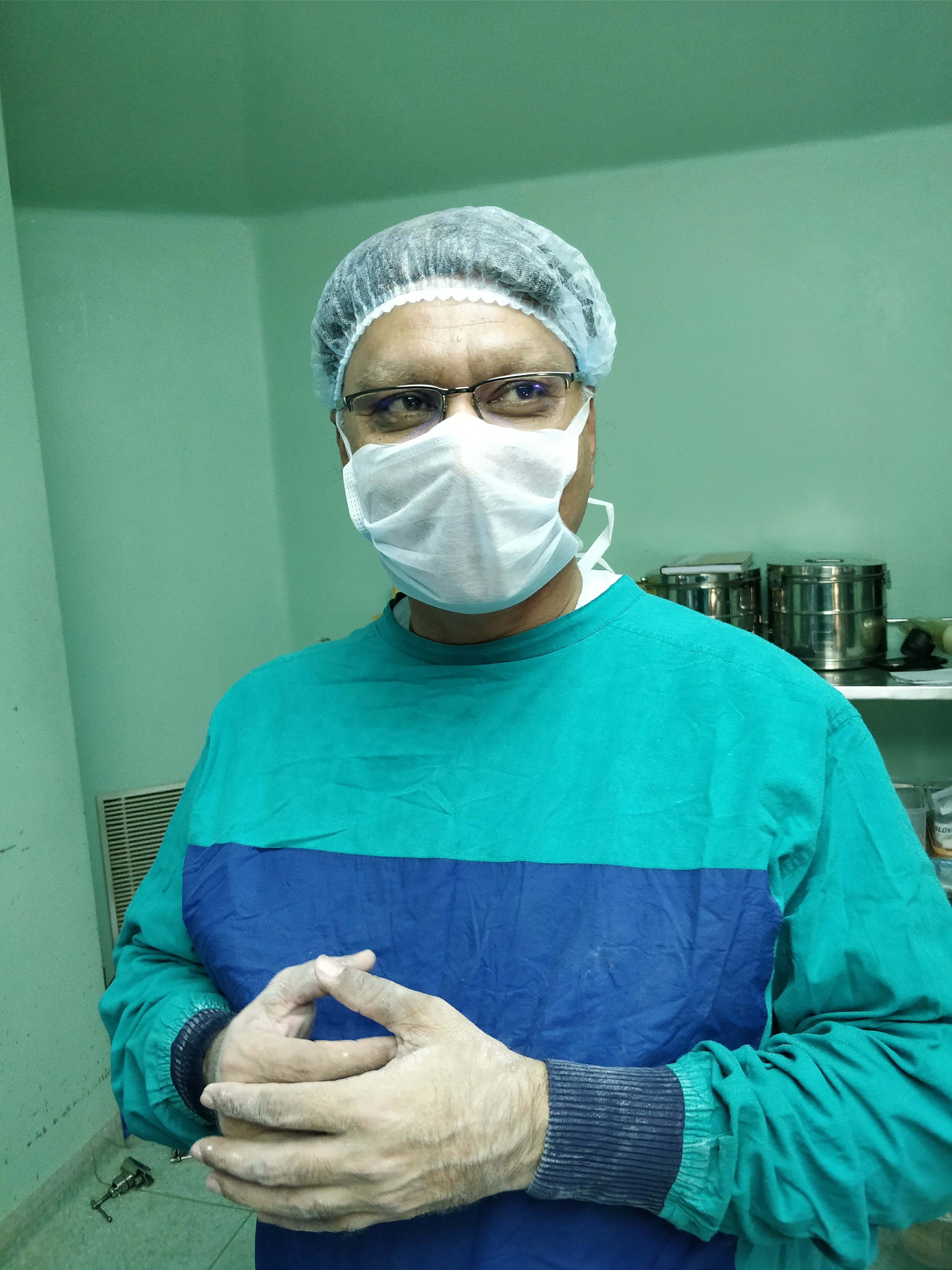
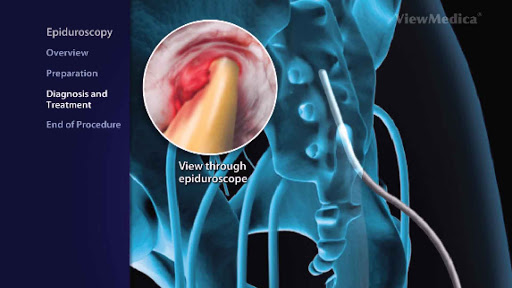

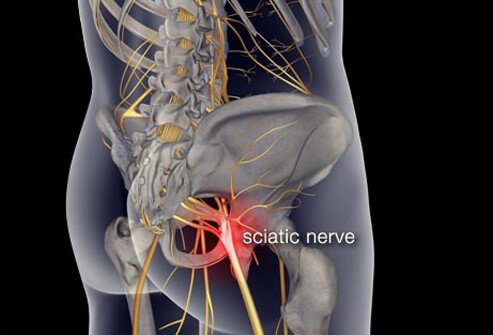






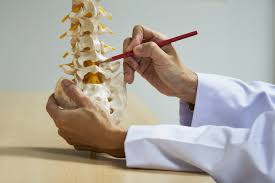








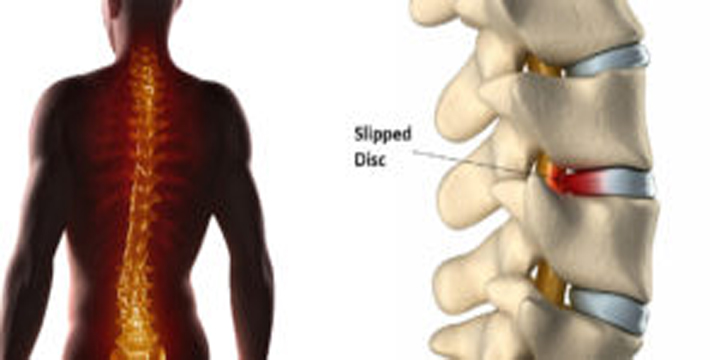
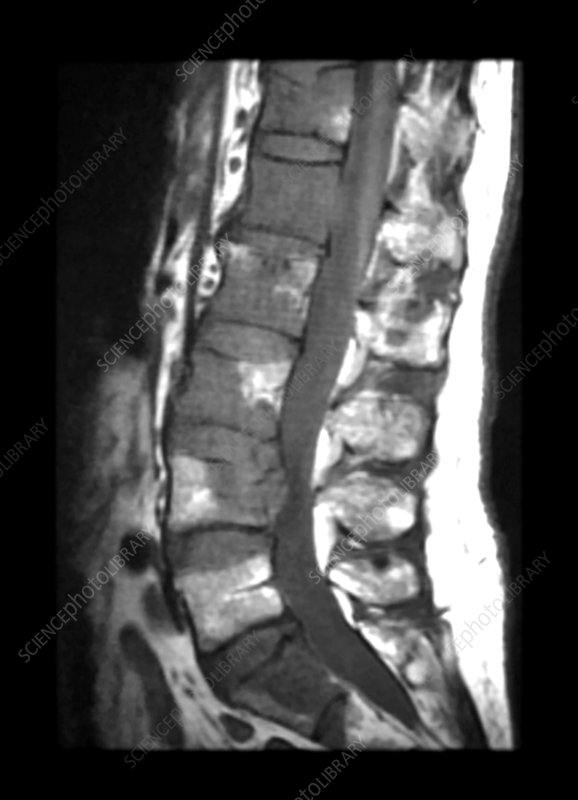




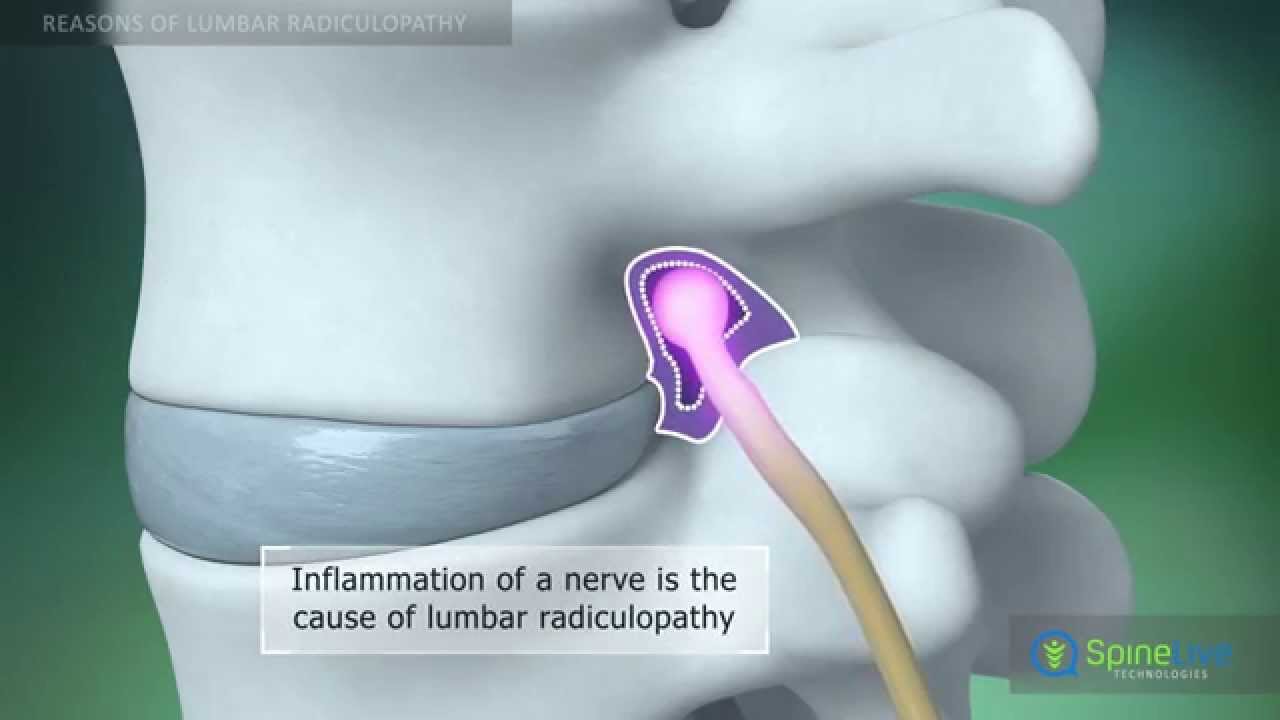
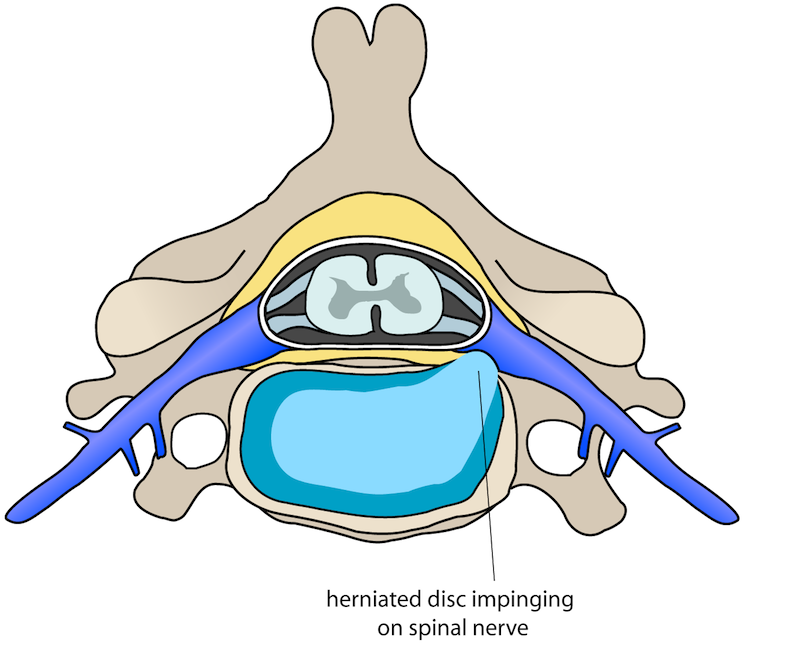
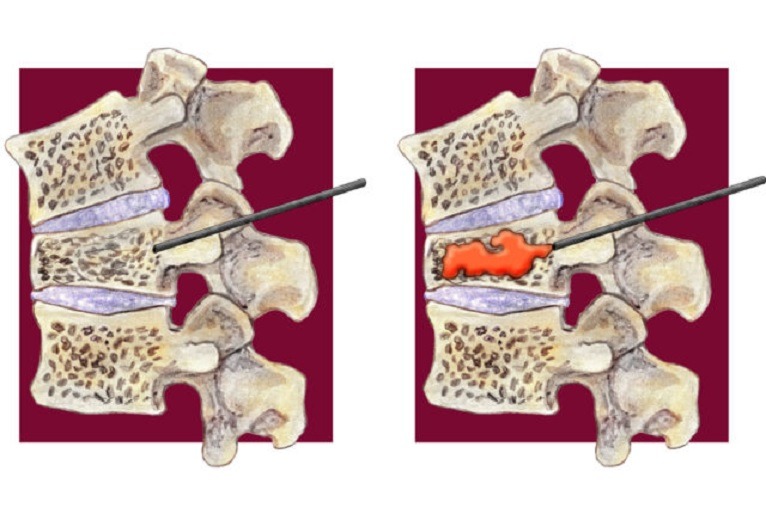












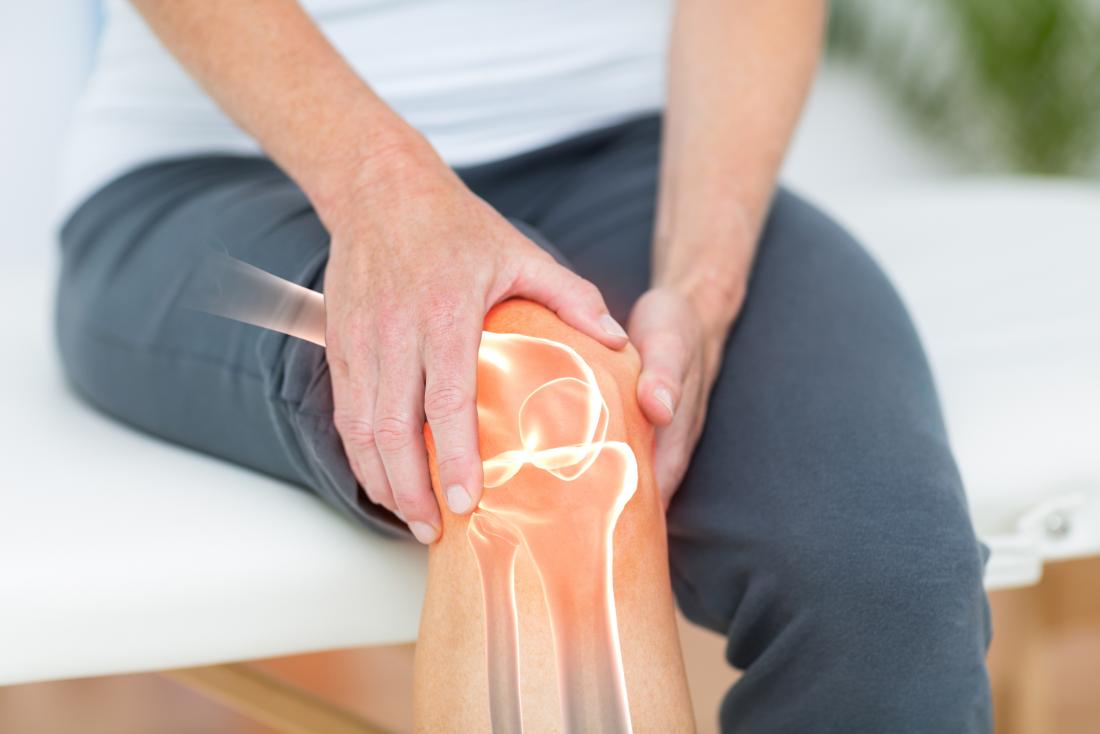
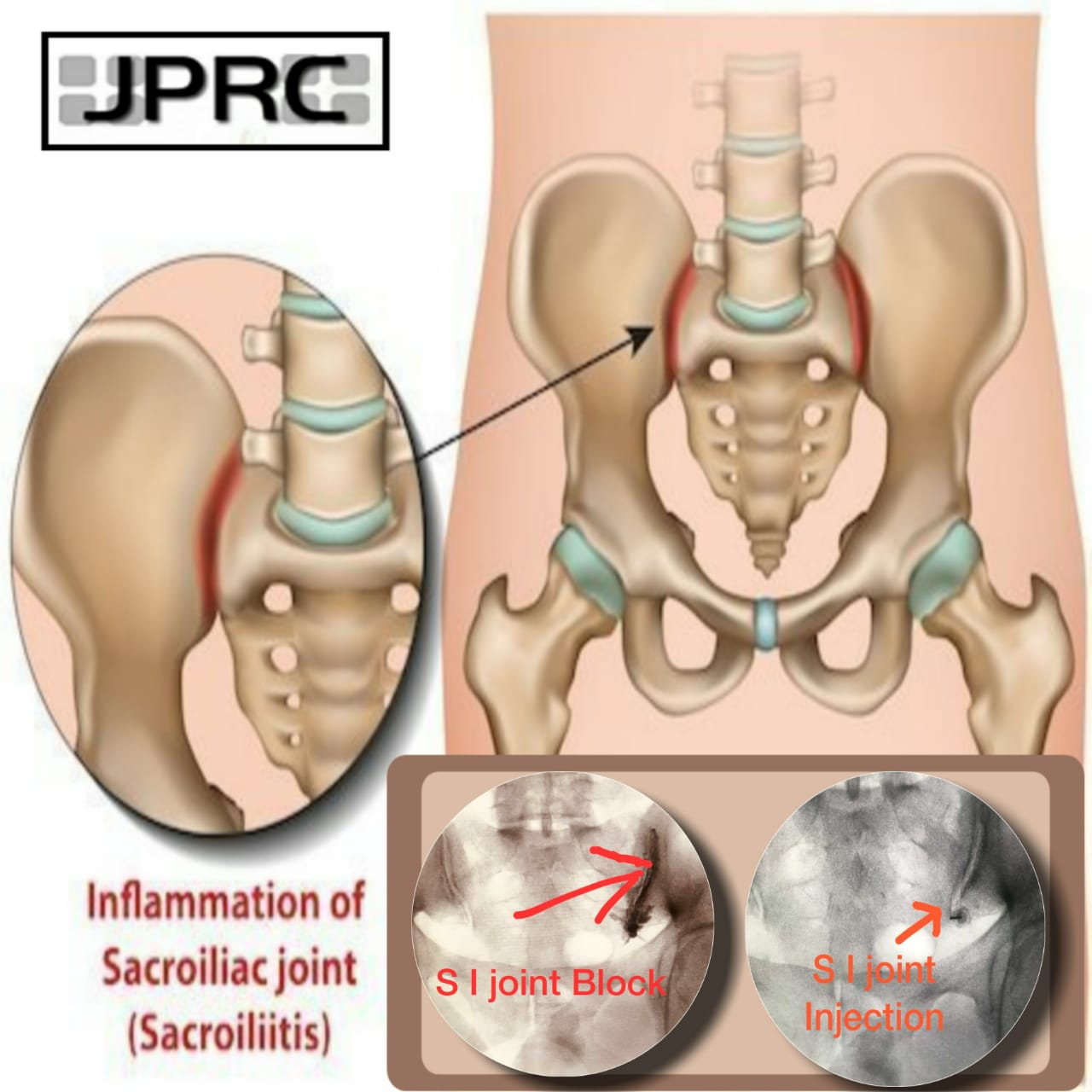










.jpg)








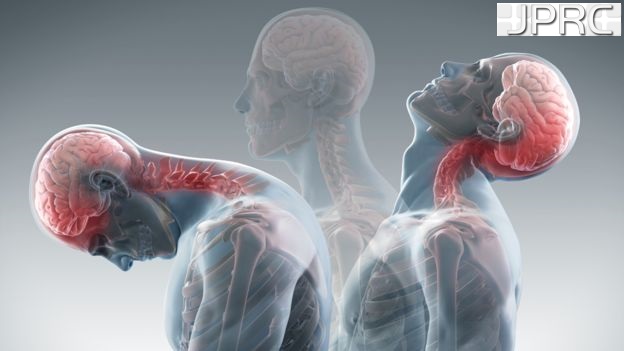


_Injection_Description_in_Hindi.jpg)
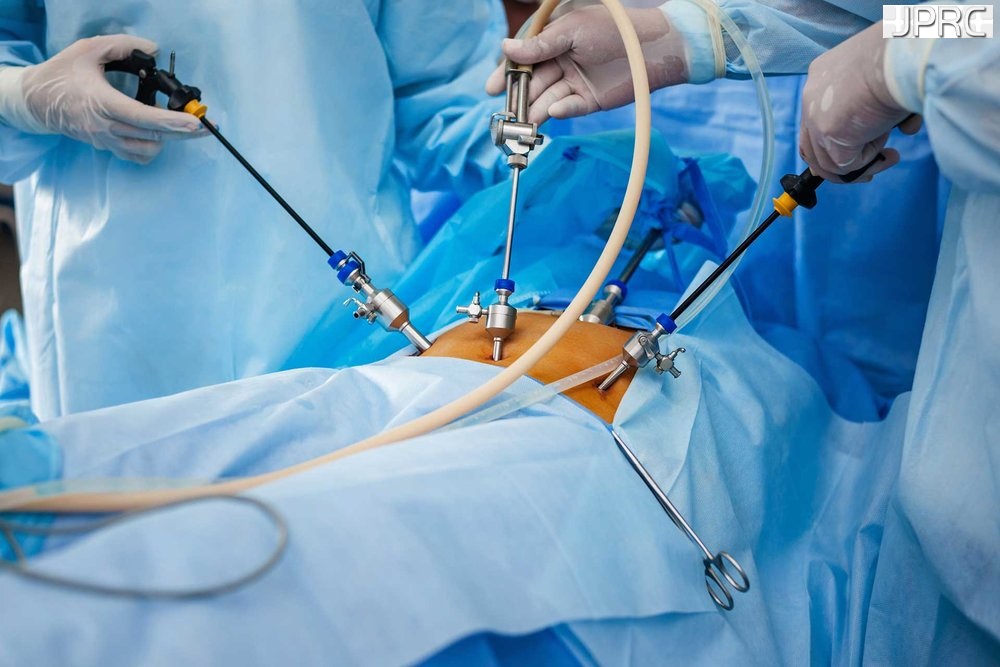

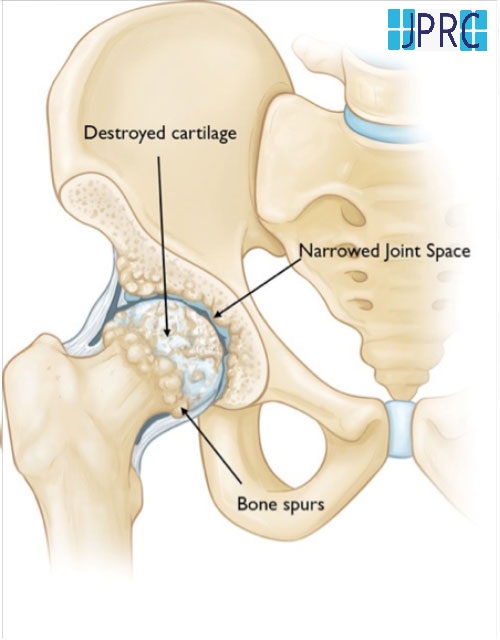



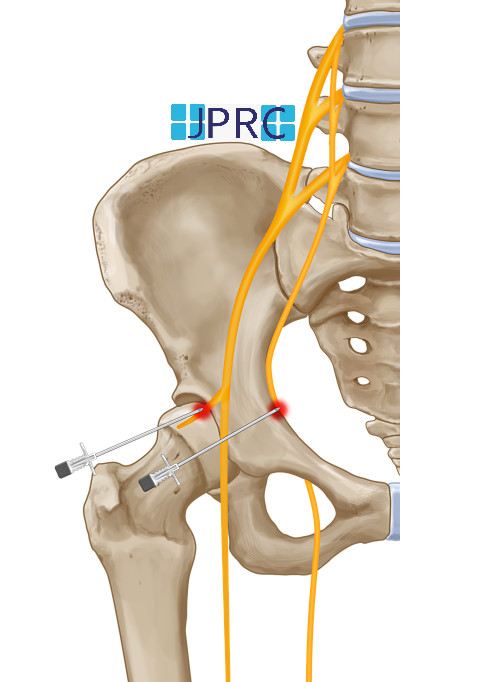


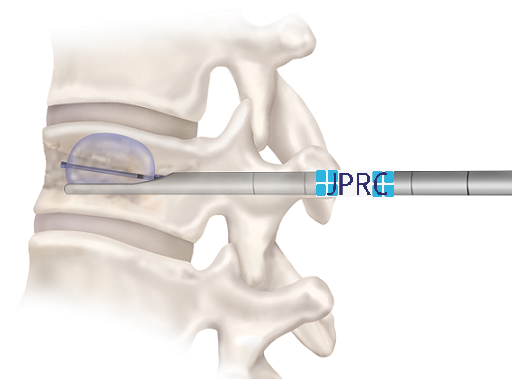





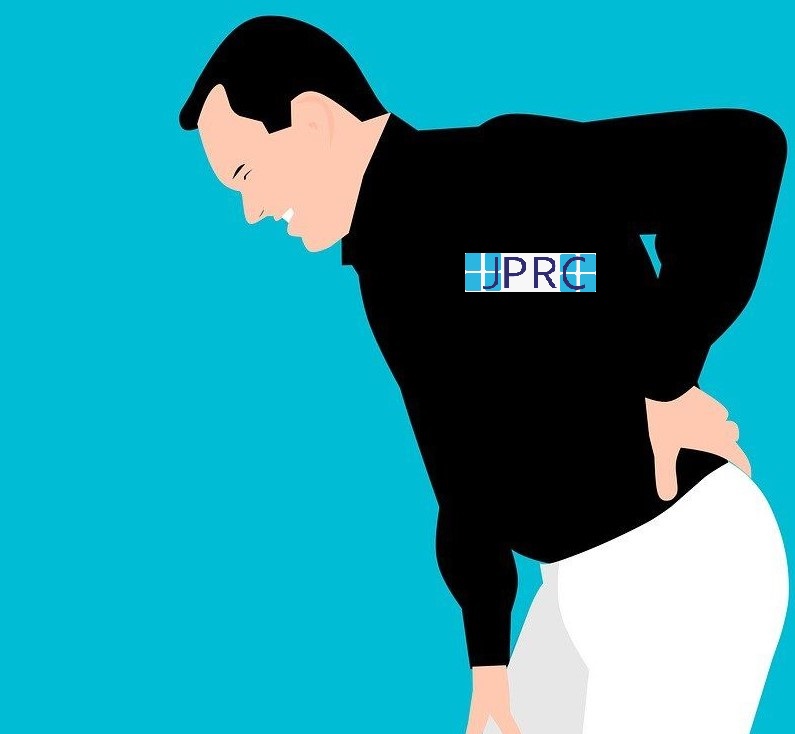
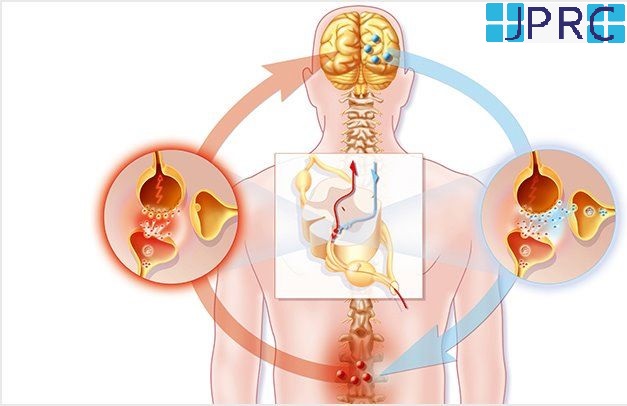


.jpg)










.jpg)




.jpg)
.jpg)
.jpg)



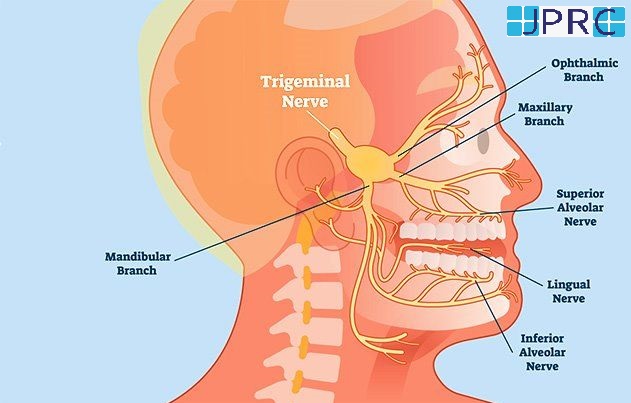



.jpg)
.jpg)
.jpg)
.jpg)
.jpg)
.jpg)
.jpg)
.jpg)
.jpg)
.jpg)
.jpg)
.jpg)
.jpg)
.jpg)
.jpg)
.jpg)
.jpg)
.jpg)
.jpg)
.jpg)
.jpg)
.jpg)








1.jpg)
1.jpg)
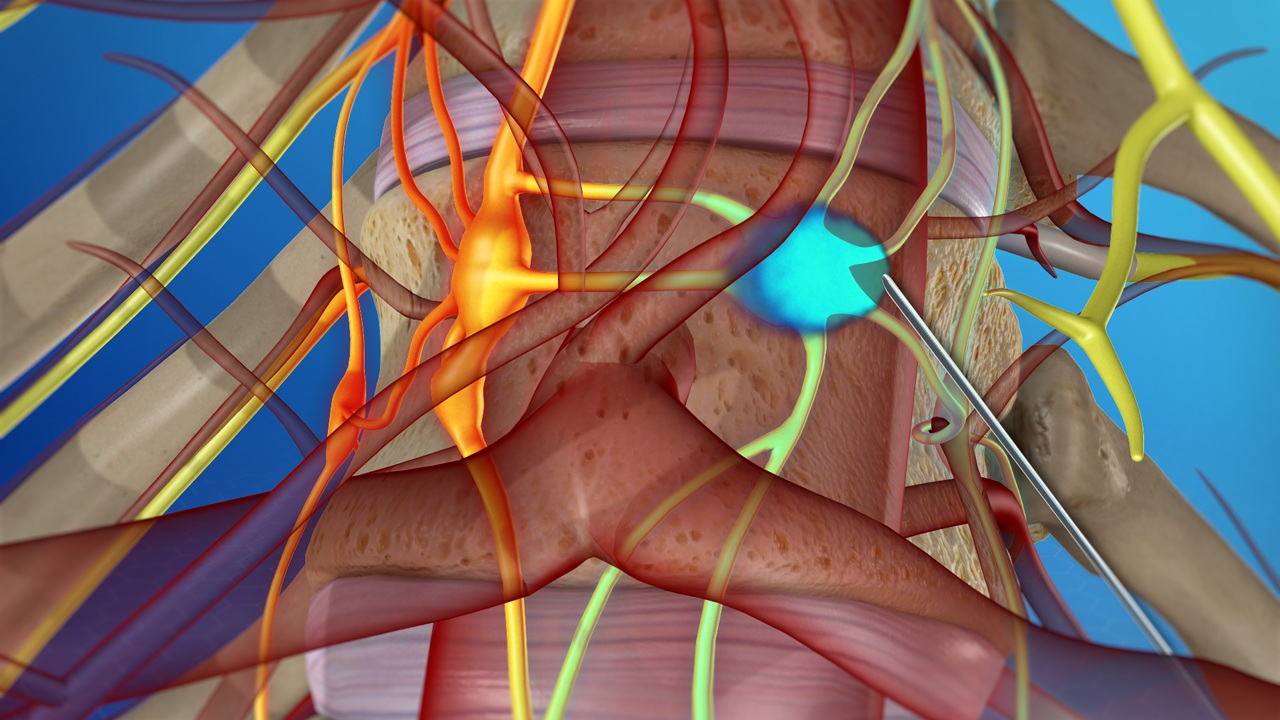
1.jpg)
1.jpg)
1.jpg)
1.jpg)
1.jpg)






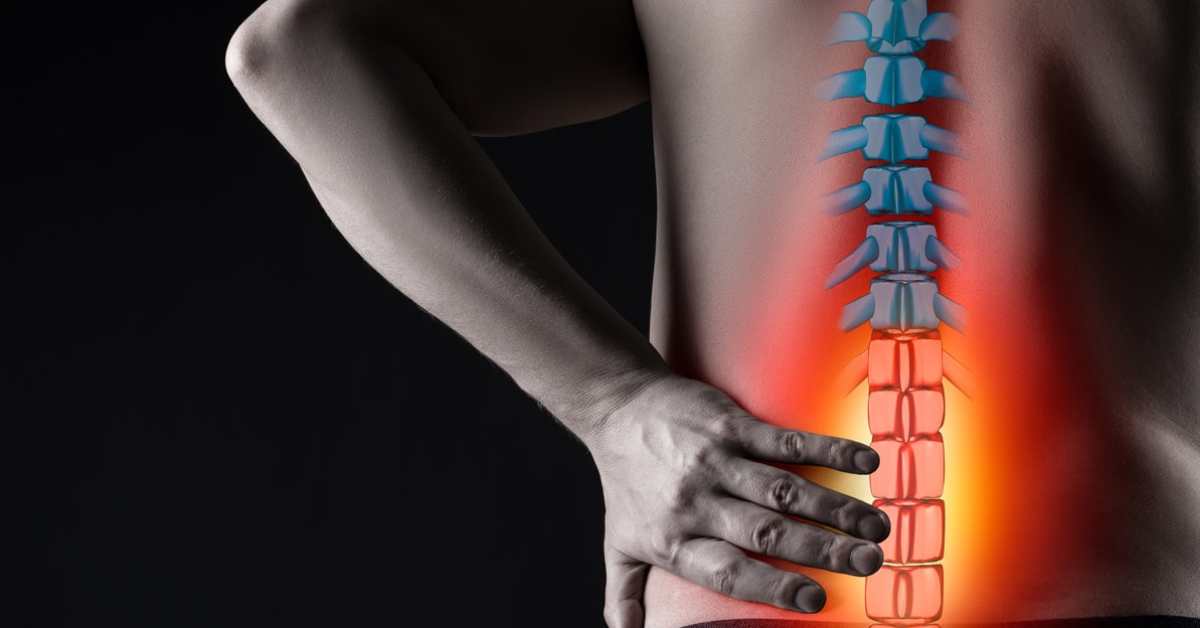



2.jpg)
3.jpg)

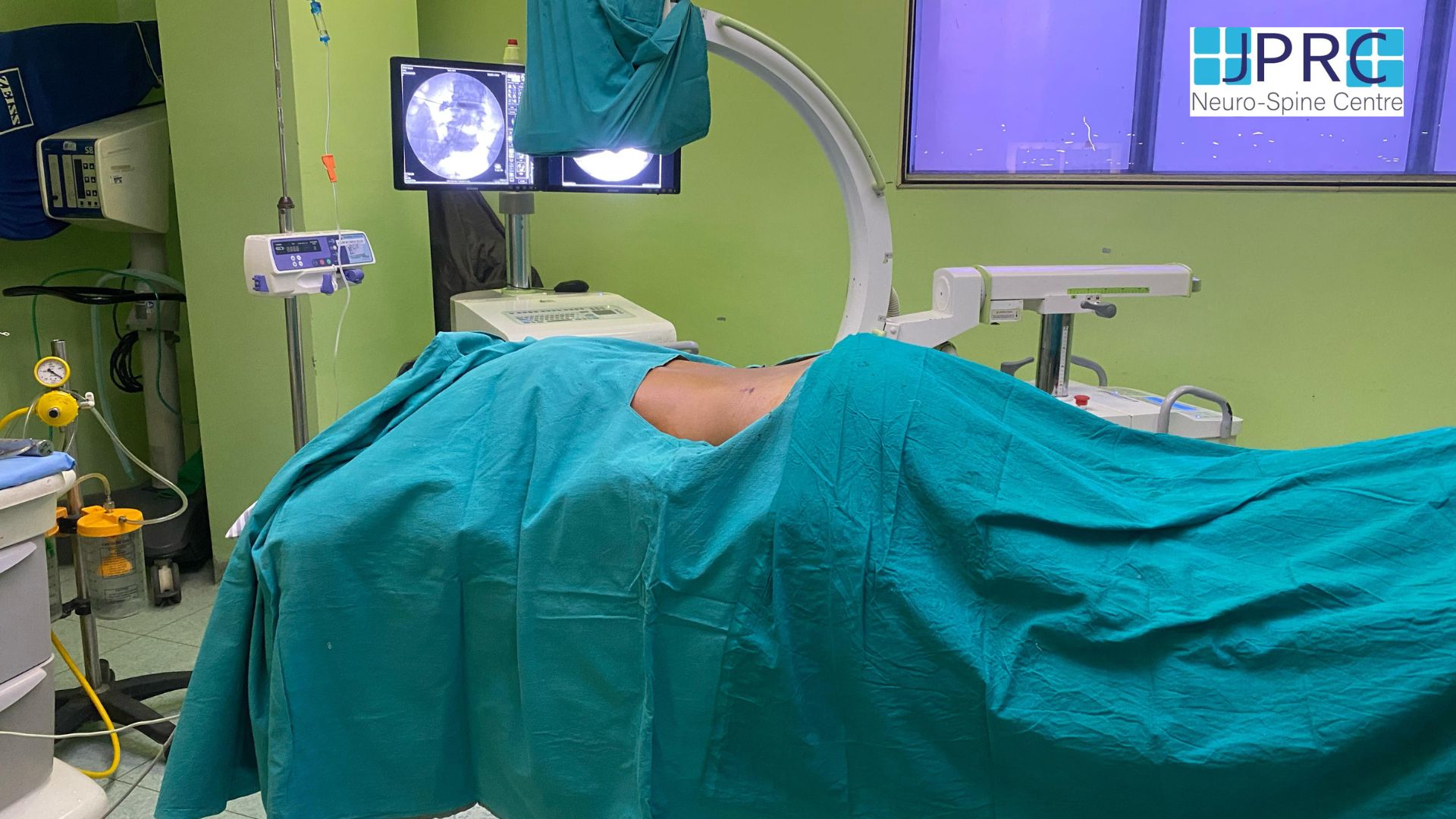

4.jpg)
1.jpg)
2.jpg)
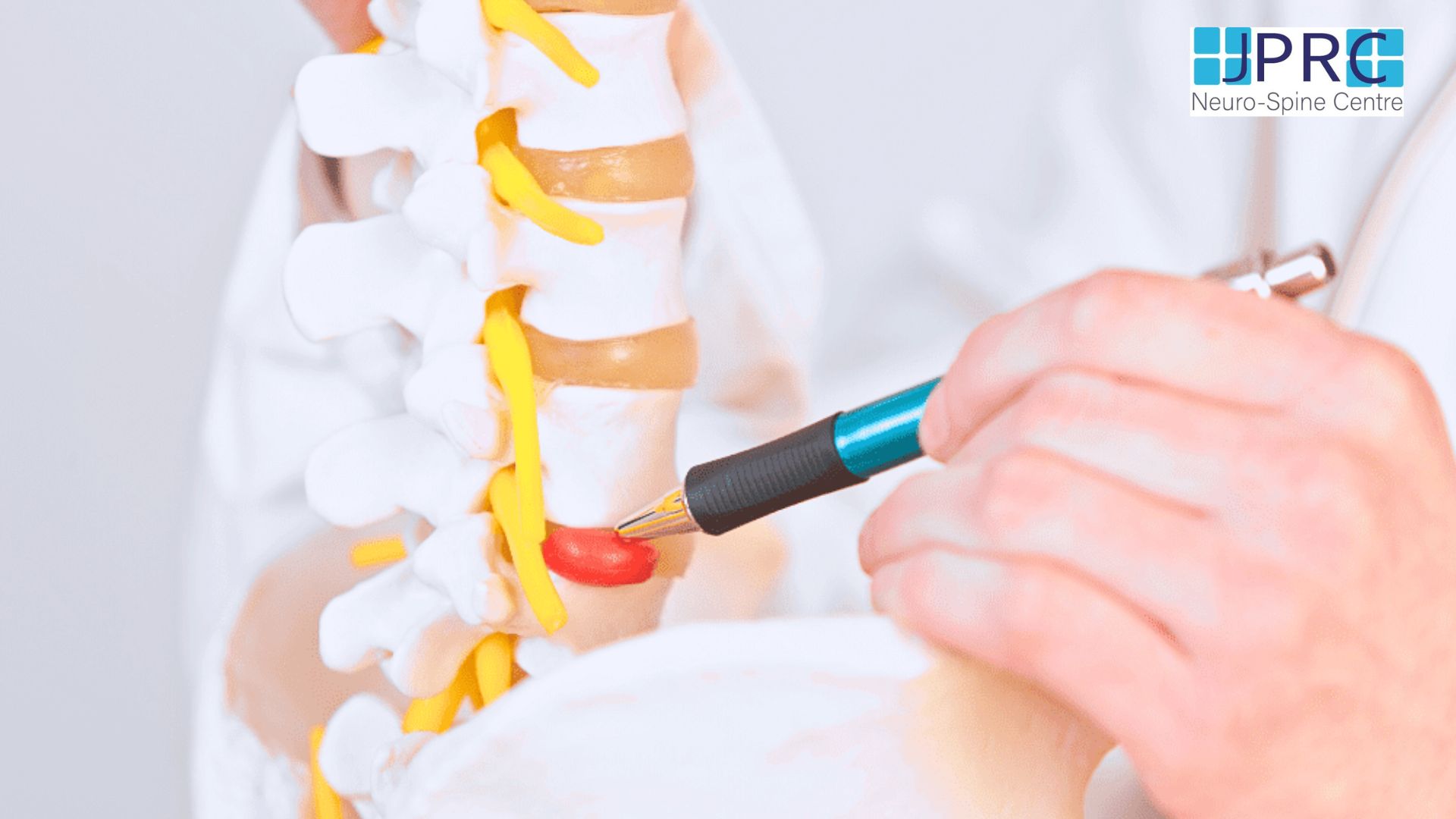
5.jpg)

6.jpg)

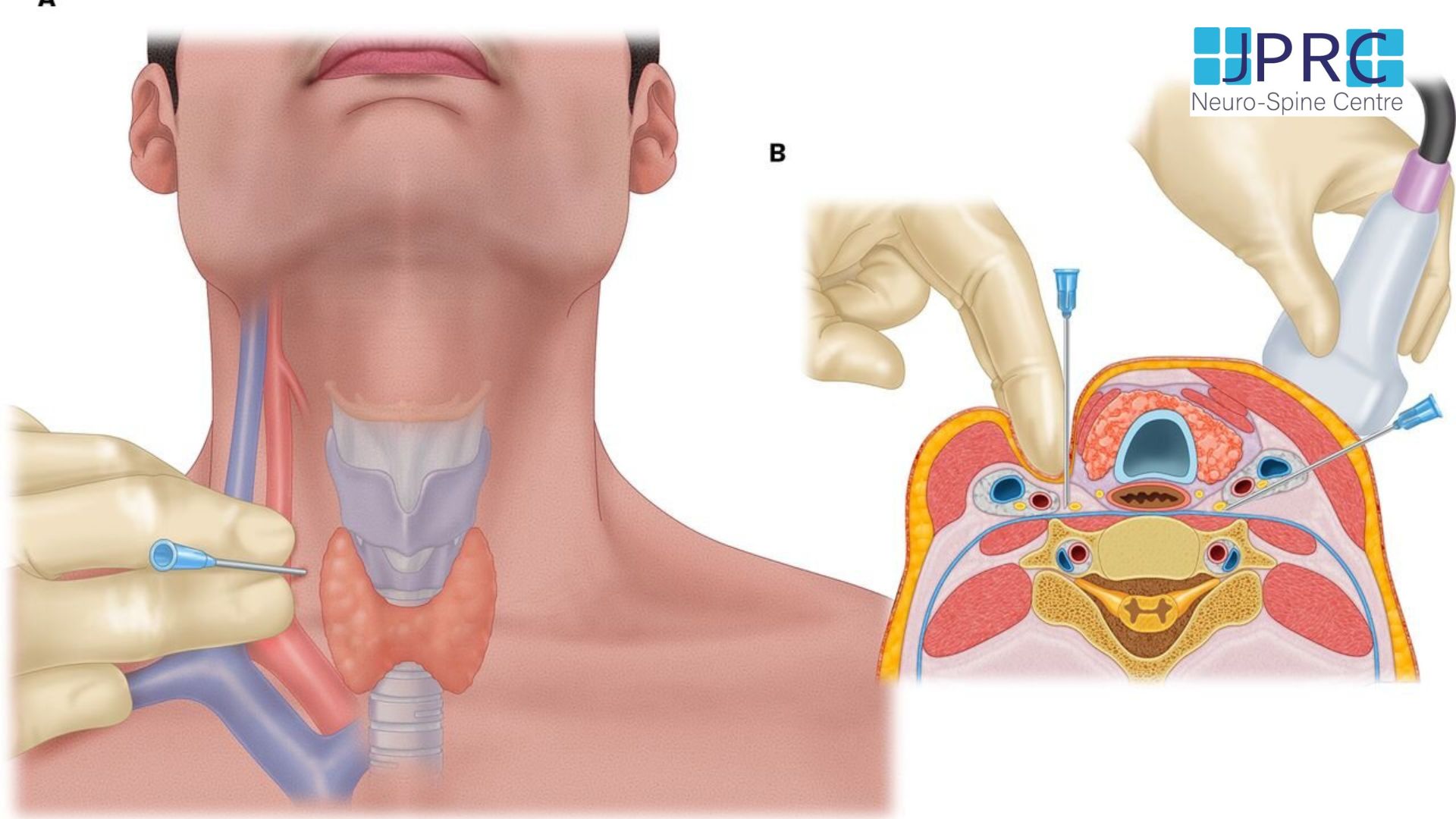


7.jpg)
2.jpg)

8.jpg)

9.jpg)
3.jpg)

10.jpg)

11.jpg)


12.jpg)
4.jpg)


























